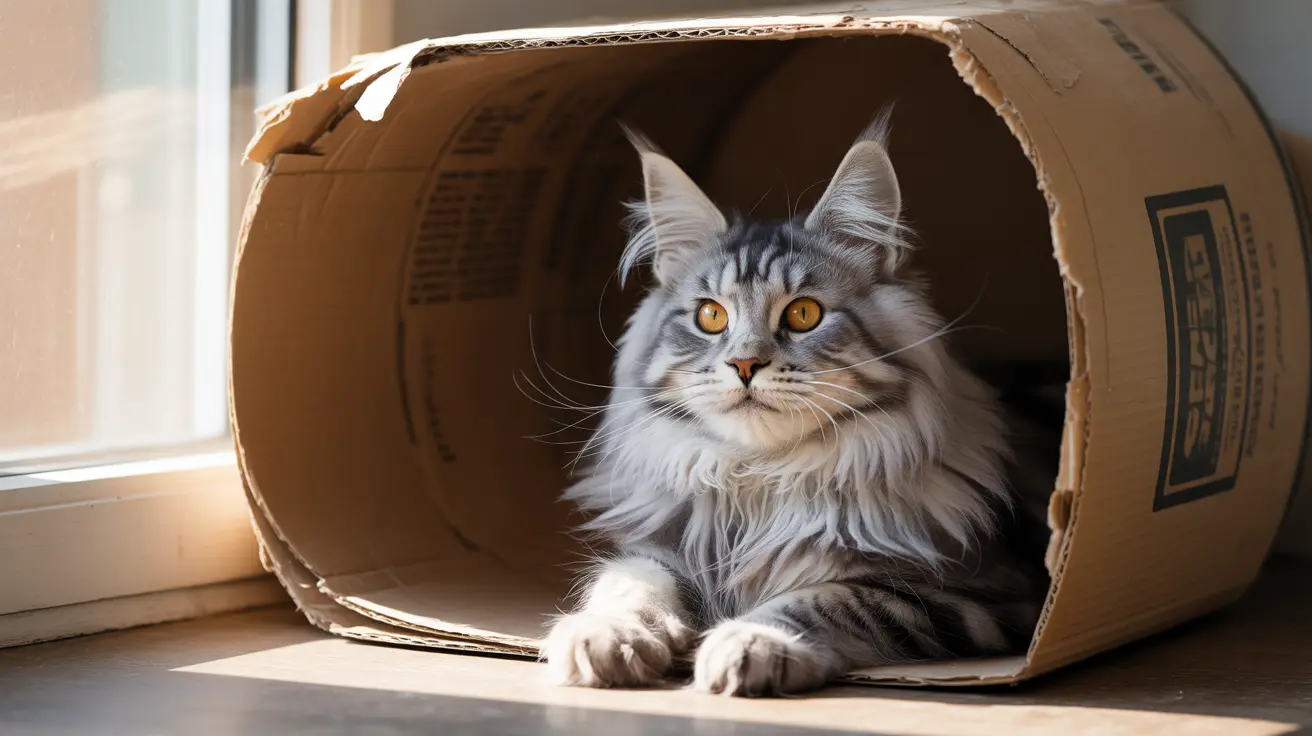As our feline friends enter their golden years, they experience numerous changes that affect their health, behavior, and overall well-being. Recognizing these changes early and understanding how to respond can help ensure your old cat maintains a high quality of life throughout their senior years.
This comprehensive guide will explore the various signs of aging in cats, discuss essential care requirements, and provide practical advice for supporting your elderly feline companion through their later life stages.
Physical Changes in Aging Cats
One of the most noticeable signs of an old cat is the gradual change in their physical appearance and capabilities. Senior cats often develop a thinner, less muscular frame, and their coat may become duller or develop patches of gray. Their skin loses elasticity, and you might notice their fur becoming more matted due to decreased grooming abilities.
Joint stiffness and reduced mobility are common challenges. You may observe your old cat having difficulty jumping onto favorite perches or climbing stairs. This decreased agility often results from arthritis or other age-related joint conditions that affect up to 90% of cats over 12 years of age.
Changes in Behavior and Daily Routine
Aging cats typically show marked changes in their daily activities and social interactions. Many old cats sleep more during the day, sometimes up to 20 hours, and may become more vocal at night. This shift in sleep patterns can be normal aging but might also indicate underlying health issues.
You might notice your senior cat becoming more dependent on you for attention and care, while others may become more reclusive. These behavioral changes often reflect their adaptation to physical limitations and sensory decline.
Health Considerations for Senior Cats
As cats age, they become more susceptible to various health conditions. Common issues include dental disease, kidney problems, thyroid disorders, and diabetes. Regular veterinary check-ups become increasingly important, with many veterinarians recommending bi-annual visits for cats over 10 years old.
Weight management becomes crucial in senior cats. Some may struggle to maintain a healthy weight due to decreased appetite or underlying health conditions, while others might gain weight due to reduced activity levels.
Creating a Comfortable Environment
Making environmental modifications can significantly improve your old cat's quality of life. Consider providing easily accessible litter boxes with lower sides, placing food and water bowls in multiple locations, and creating comfortable resting spots at various heights throughout your home.
Maintaining a consistent routine becomes increasingly important for senior cats, as it helps reduce stress and anxiety that can accompany aging-related changes.
Frequently Asked Questions
What are the common signs of aging in an old cat, and how can I differentiate them from illness?
Common aging signs include reduced mobility, changes in sleep patterns, and decreased grooming. However, sudden changes in behavior, appetite, or litter box habits warrant veterinary attention, as these could indicate illness rather than normal aging.
How can I adjust my old cat's diet to meet their changing nutritional needs?
Senior cats often need foods with higher protein content, fewer calories, and enhanced digestibility. Consult your veterinarian about switching to a senior-specific formula that addresses your cat's individual health needs and any existing medical conditions.
What are the symptoms of Cognitive Dysfunction Syndrome (CDS) in cats, and how is it diagnosed?
CDS symptoms include disorientation, changes in social interactions, altered sleep patterns, and inappropriate elimination. Diagnosis typically involves ruling out other medical conditions through veterinary examination and possibly additional testing.
How often should I take my senior cat to the vet for check-ups, and what health issues should I monitor?
Senior cats should visit the vet every 6 months for comprehensive check-ups. Monitor for changes in weight, appetite, thirst, urination, defecation, mobility, and behavior, as these can indicate developing health issues.
How can I improve the quality of life for my aging cat, considering both physical comfort and cognitive health?
Enhance your cat's environment with easy-access amenities, maintain regular feeding schedules, provide mental stimulation through gentle play, and ensure comfortable resting areas. Regular veterinary care and prompt attention to health changes also contribute to maintaining quality of life.
Conclusion
Understanding and responding to the signs of aging in your cat is crucial for maintaining their health and happiness in their senior years. With proper care, environmental adjustments, and regular veterinary attention, you can help your old cat enjoy a comfortable and fulfilling life well into their golden years.






